
- Home
- Attractions
- Bangkok
- Wat Mangkon Kamalwat, Bangkok: Your Guide to the Dragon Lotus Temple
Wat Mangkon Kamalwat, Bangkok: Your Guide to the Dragon Lotus Temple
The importance and brilliance of Chinese influence over Thai culture is not just widely known but is one of the most celebrated aspects of Thailand tourism. Several treasured places such as Chinatown in Thailand offer a wonderful visual narrative of the glorious past of Thailand when Chinese traders made their way into the country. The Chinese left a mark on Thailand’s culture in so many beautiful ways, ranging from textile and art to architecture. Among those aspects of Chinese culture that Thailand celebrates today, Chinese temples are a unique attraction. Explore the vibrant culture, breathtaking landscapes, and exotic cuisine with our exclusive Thailand packages, offering an unforgettable journey through this enchanting Southeast Asian destination.
Wat Mangkon Kamalawat housed in Bangkok is regarded as the largest and the most important Chinese temple in the whole city. Originally, this temple was known as Wat Leng Noei Yi. The name was changed by the country’s monarch Rama V. Wat Mangkon translates to ‘dragon lotus temple’. The architecture of this temple is authentically Chinese. It is also the host of several auspicious celebrations such as the Chinese new year and the Chinese vegetarian festival. The temple is both a religious and a cultural mark of brilliance. Find here a list of reasons why Wat Mangkon Kamalawat demands a quick stop on your trip down to Chinatown!
Things to do at Wat Mangkon Kamalawat
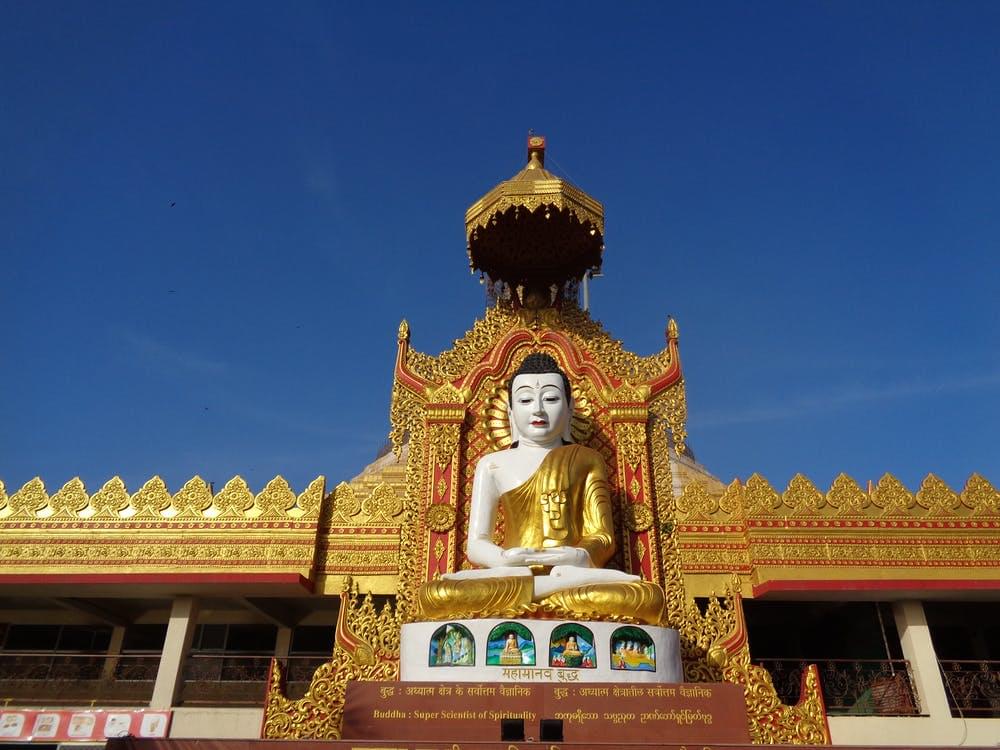
Pray
The temple hosts a number of Taoist, Confucian and Buddhist shrines in the sermon halls. You could visit the ordination halls to find the beautiful golden sculpture of Buddha. It is not uncommon to see the visitors constantly filling up oil in the altar lamps in order to offer their prayers for those in the afterlife to carry on. Chinese culture refers to this as ‘the hope of preserving the fire of the present and moving towards the future’.
Contemplate
The temple has an intricate Chinese architectural layout which houses beautiful images of Buddha inside walls painted with animal and floral motifs. The temple has gorgeous interiors that create a perfectly peaceful aura for you to meditate in. You could also donate incense sticks and fruits that are sold outside the temple.
Suggested Read: Best Temples in Thailand
Highlights of Wat Mangkon Kamalawat
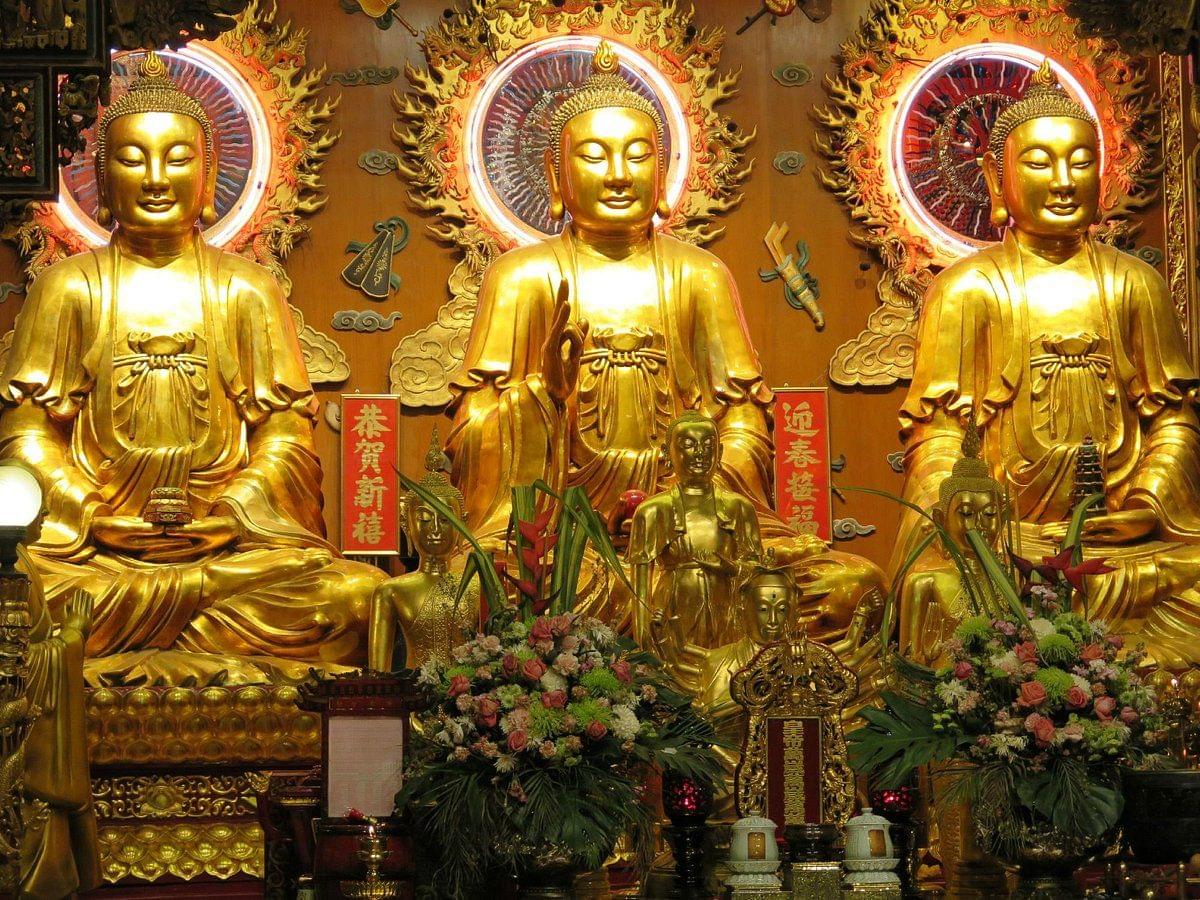
- Wat Mangkon Kamalawat was originally built in the year 1871 and is regarded as the largest and the most important Chinese Buddhist temple in Bangkok.
- The temple is believed to be the first temple that introduced Mahayana Buddhism to Thailand.
- The architectural style of Wat Mangkon Kamalawat is inherently Chinese in nature, in that it features tiled roofs embellished by animal and floral motifs significant in Chinese culture.
- The ornately decorated ordination hall houses the temple’s principal deity, the Golden Buddha. This Buddha image is said to be a fusion of Thai and Chinese styles. Opposite the ordination hall is the altar where religious rites are usually performed.
- The entrance to the main sermon hall is decked with decorative statues of what Chinese culture refers to as the ‘four guardians of the world’. They are said to protect the four different directions of earth.
- At the rear end of the temple you can see gilded Buddha statues on each side and the temple also has a designated place to carry out the Buddhist paper-burning ritual for the devotee’s ancestors.
- The temple shelters not just statues of Buddha but also those that have cultural significance in other regions of China, such as that of Confucius.
- The temple hosts an almost carnival-like celebration of Chinese festivals such as the Chinese new year and the Chinese vegetarian festival.
- During the Chinese vegetarian festival the temple hosts a large number of stalls and cultural performances that are a once-in-a-lifetime experience!
Best Time to Visit Wat Mangkon Kamalawat
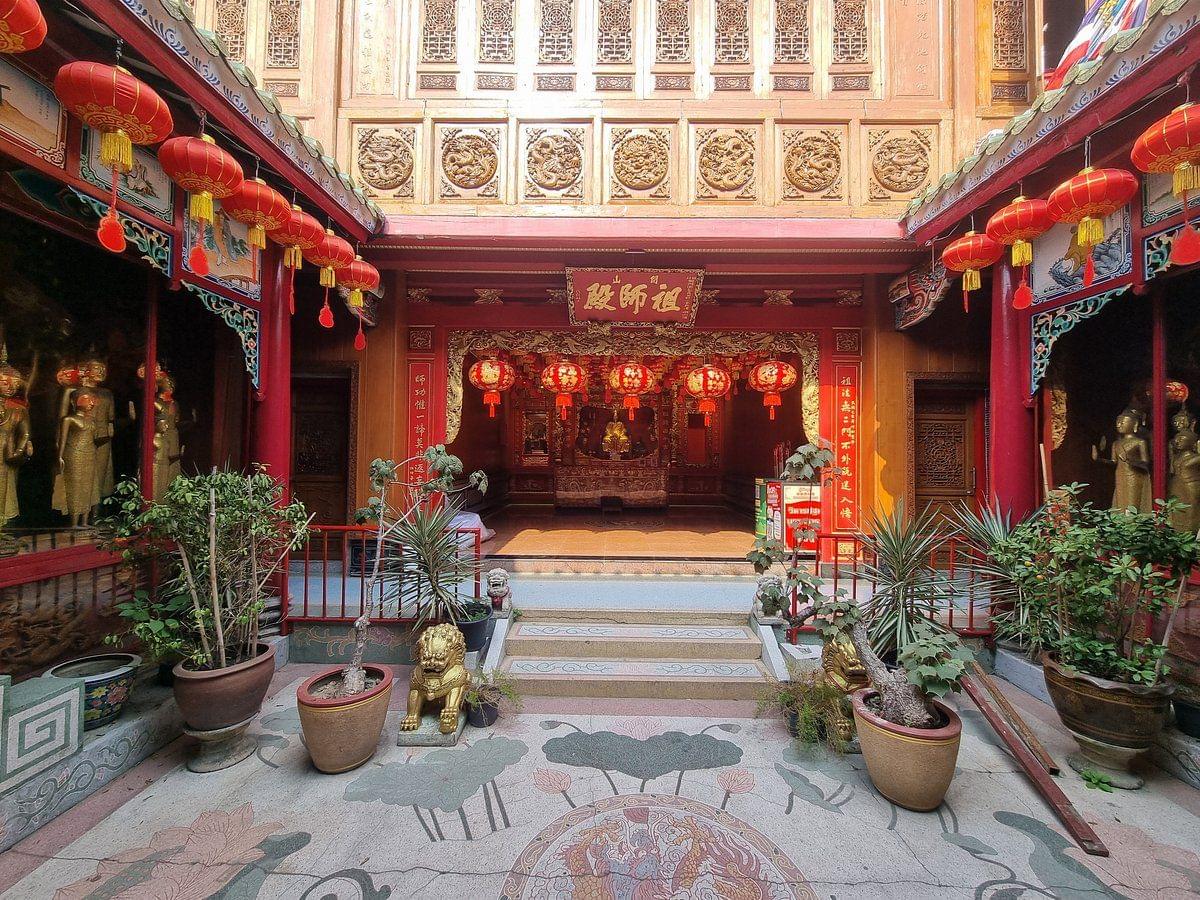
The temple is open throughout the week from 9 in the morning to 6 in the evening.
It is a wonderful cultural experience whenever you choose to visit the temple, but you can see it in all its glory during the Chinese new year (or the Chinese spring festival) or the Chinese vegetarian festival, when it becomes the hub of celebrations in Chinatown.
Entry into the temple is free of charge.
How to Reach Wat Mangkon Kamalawat
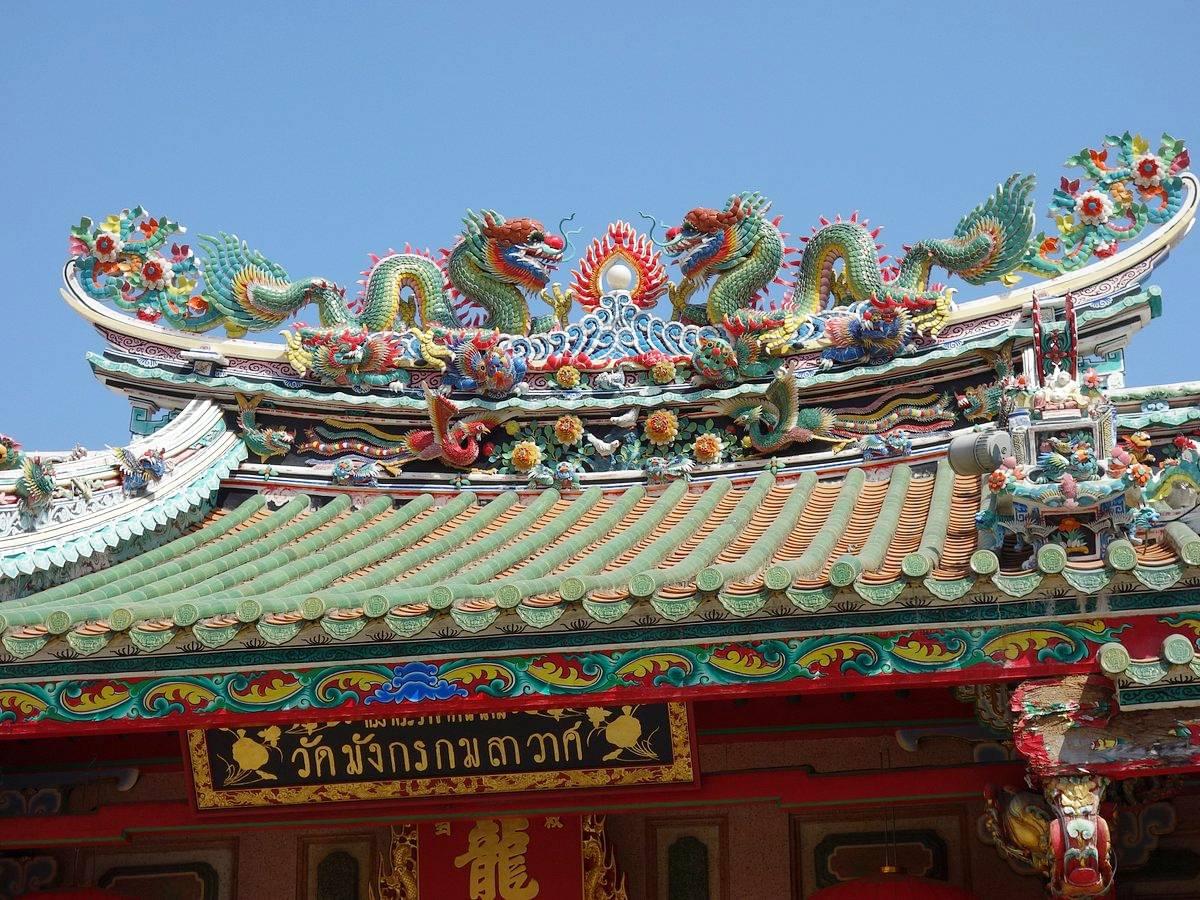
Wat Mangkon Kamalawat is located in Chinatown. The best way to reach the temple would be by boat. You could take the Chao Phraya express boat and get down at the Ratchawong Pier from where the temple is accessible by a two-minute walk.
It would take you approximately 35 minutes from the Suvarnabhumi airport to the temple if you opt to rent a cab. Explore the vibrant culture, stunning landscapes, and rich history of Thailand with our curated Bangkok Tour Packages, offering an unforgettable journey filled with adventure and relaxation.
Attractions Near Wat Mangkon Kamalawat
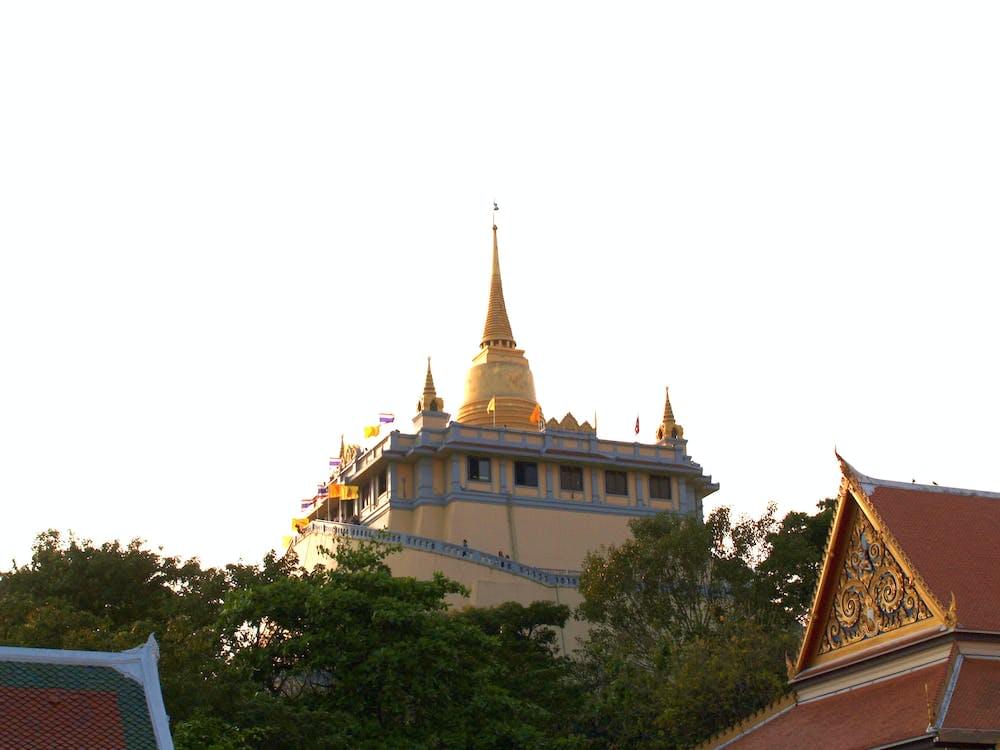
The Grand Palace
The Grand palace hosts the relic and the chapel of the Emerald Buddha. If you are on your cultural or spiritual exploration during your holiday here at Bangkok, the grand palace is definitely a worthy attraction to check out! The palace has been the official residence of the kings of Siam since 1782. Check out their gallery to see the great lores of Thailand’s history through the ages.
Wat Saket
Wat Saket also called the Golden mount, this Bangkok old town temple is one that dates back to the Ayutthaya era. Its highlight is a glittering golden chedi, which is not gold-plated or coloured but has been made entirely of gold! If indulging in the local culture is something that excites the traveller in you, Wat Saket is worth a visit!
Democracy Monument
Not so far away from Wat Mangkon Kamalawat, is the Democracy Monument honouring and celebrating the people’s movement for a change in the form of governance back in 1932. The monument was designed by an Italian architect. Each element of the monument holds a historical significance and pays tribute to several heroes who sacrificed their lives for the empowerment of the Thai people.
FAQs on Wat Mangkon Kamalawat
Is there a dress code at Wat Mangkon Kamalawat?
Even though there is no strict dress code at the temple, it is still advisable to wear something that is appropriate for a religious place. Preferably something that covers your knees and shoulders.
When is the best time to visit Wat Mangkon Kamalwat?
The temple is seen to be the hub of all celebrations during traditional Chinese festivals. Hence it is best visited during the Chinese new year or the Chinese vegetarian festival.
Update your location?



